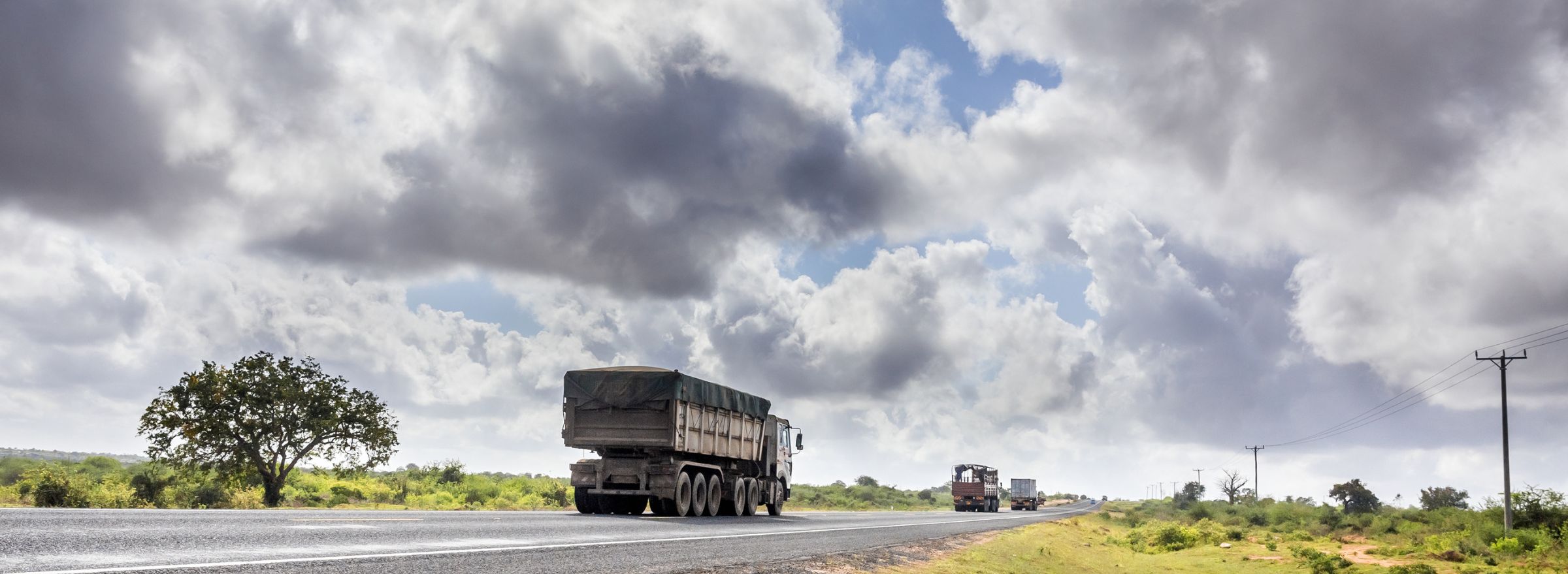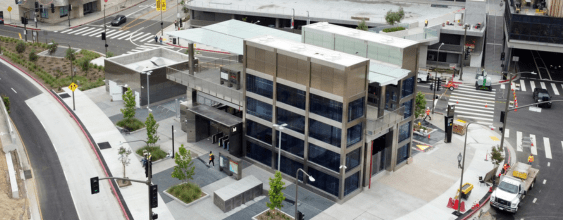Location
- Nairobi, Kenya
Client
- Rift Valley Highway Limited

The project being set in a complex biodiversity context, home to a variety of large mammals, including endangered species, such as the Maasai and Nubian Giraffe, and many other iconic African species, such as lions, buffaloes, zebras, hippos, etc., WSP had to develop a solid work plan that relied on adaptability, innovations and collaborations to adequately handle biodiversity issues, representing leading practice in impact assessments for linear infrastructure projects.

Habitat suitability
Source: Lechner, Tiang and Ang

Core habitat

Step 1b: Connectivity

Comprehensive Approach to Wildlife Protection
This includes the strategic installation of camera traps, extensive data analysis using innovative techniques like AI, and the development of wildlife mitigation and biodiversity action plans. By prioritizing wildlife conservation, the project sets a benchmark for future infrastructure projects in similar environments.
Innovative Connectivity Modeling
This project uses computer modeling to identify suitable habitats and core habitats of different species, ensuring successful conservation of wildlife. This sets a new standard for mitigating the impact of infrastructure projects on wildlife connectivity.
Engagement with Local Communities and Stakeholders
This approach provides valuable insights into biodiversity-related impacts and considers potential economic changes along the corridor. By addressing the needs and concerns of all stakeholders, the project sets a best-practice standard for similar endeavors.















